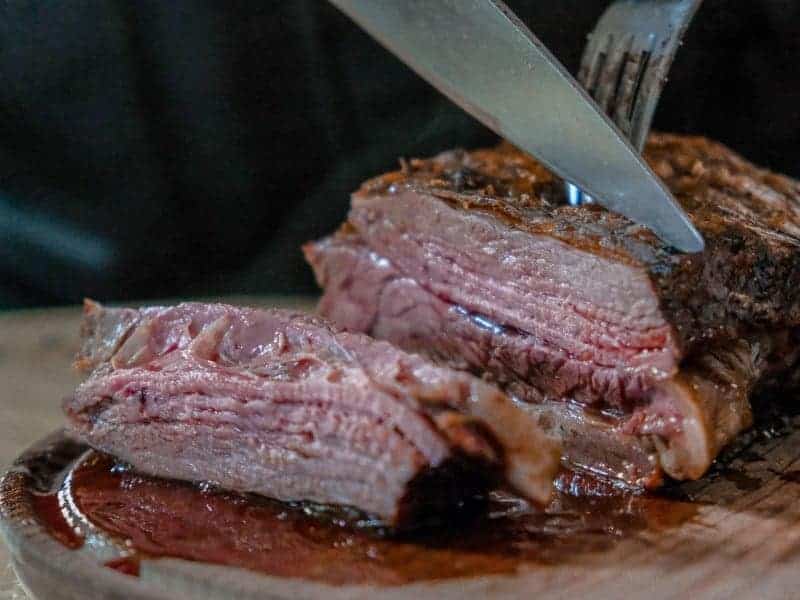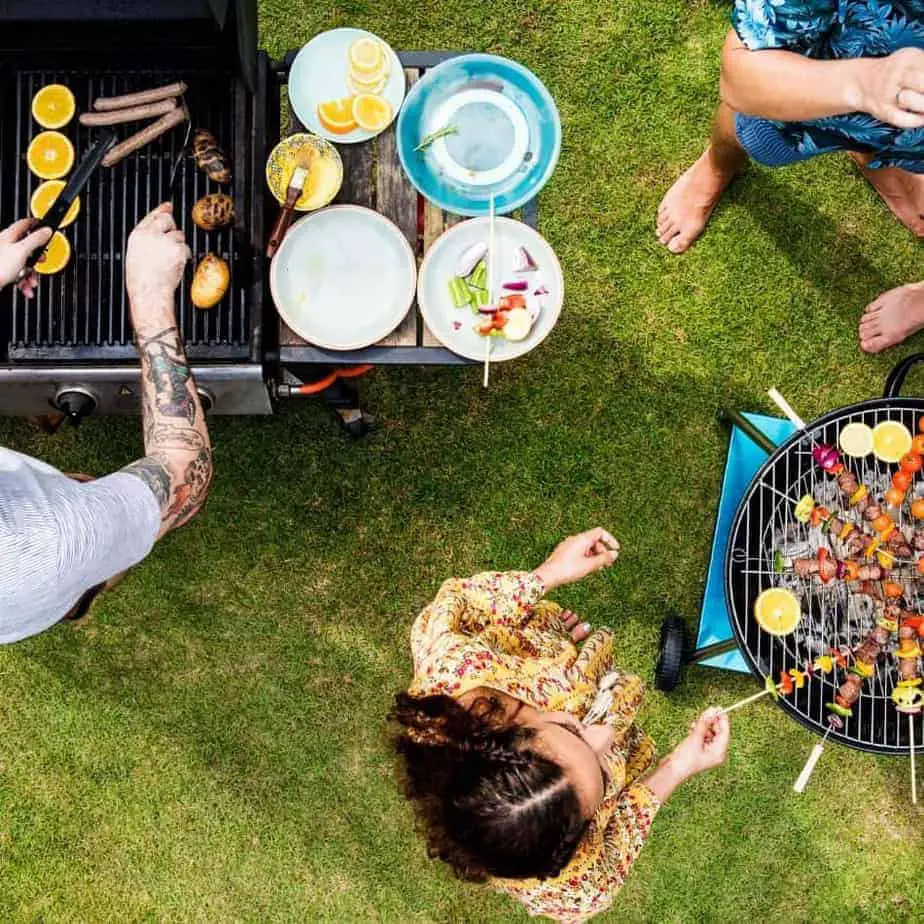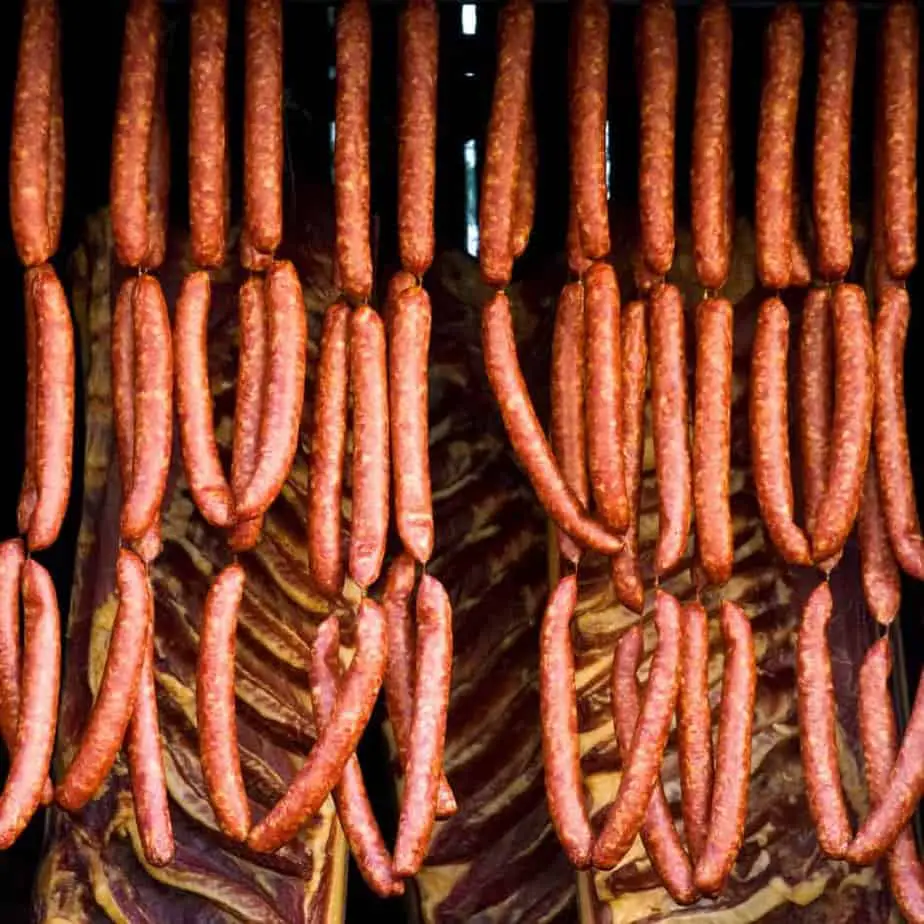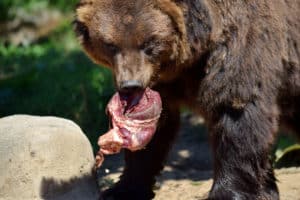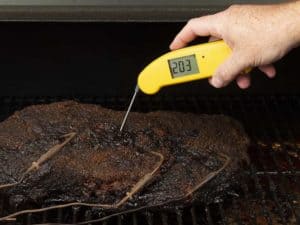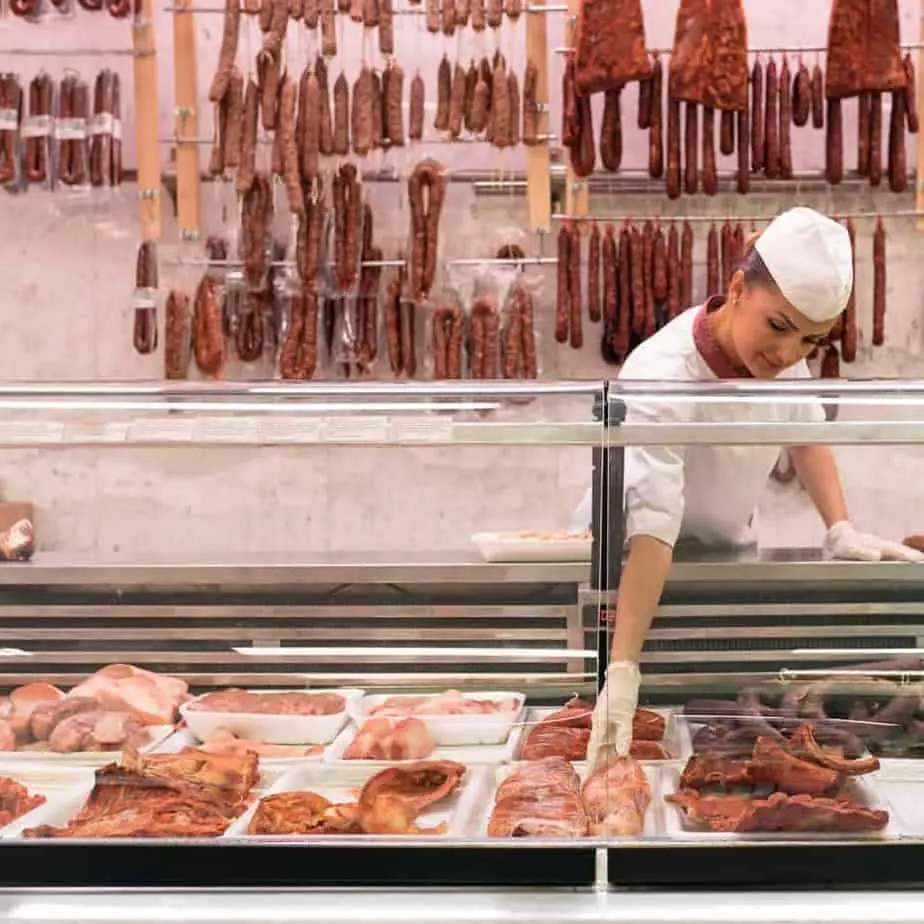Does Cold Smoking Cook or Preserve Food?
Disclosure: This post may contain affiliate links. If you use these links to buy something we may earn a commission at not additional cost to you. Learn more.
We have all probably had some type of smoked food, whether it is bacon, ham, or even jerky. Smoking adds flavor and can be used for other reasons as well. Smoking food has been used for centuries as a way of cooking and preserving food, but what about cold smoking?
Does cold smoking cook or preserve food? Cold smoking can be used to add flavor and help preserve some foods. Many types of food can be smoked to add flavor, but it doesn’t necessarily cook it. Cold smoking can have a slight preserving effect on food, but you still need to heat the food later to make it safe to eat.
There are a variety of ways to smoke food, and it is a great way to add more flavor, but it doesn’t always cook it. Let’s look at the different ways to way smoke and what cold smoking does do if it doesn’t cook the food. I also want to address some of the risks of cold smoking, as well.
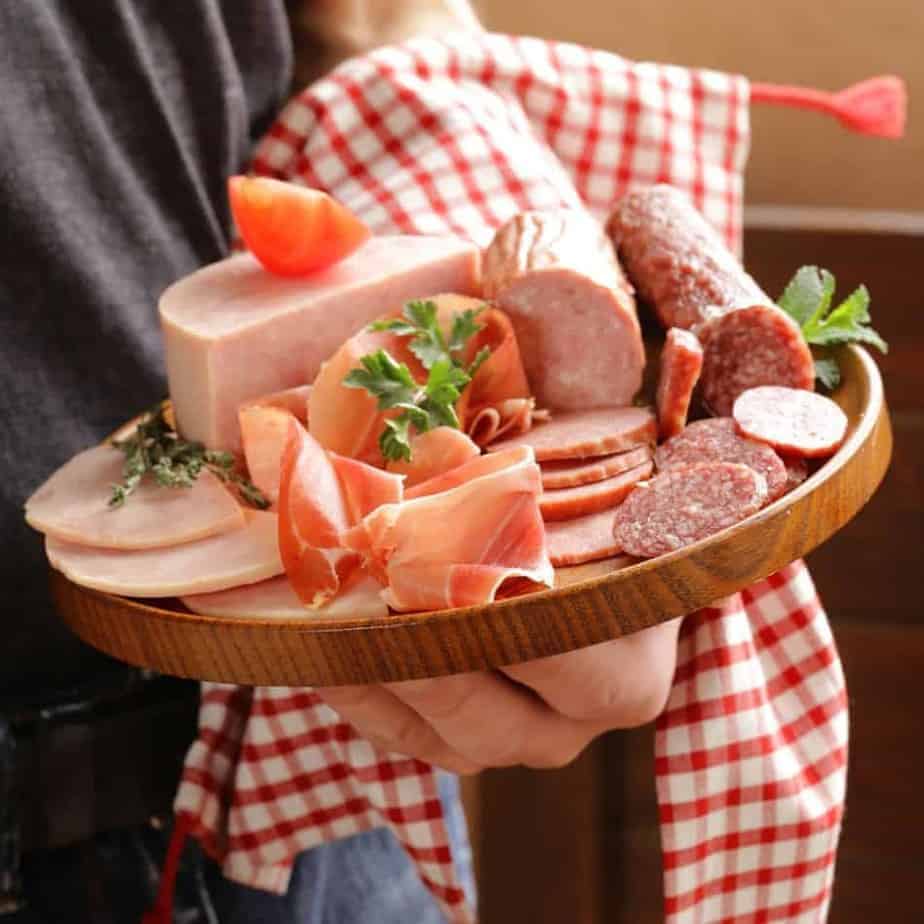
What Exactly Does Cold Smoking do?
So, if cold smoking does not offer a great way to preserve food, and eating food that has been cold smoked without cooking it can lead to a nasty case of food poisoning, then why on Earth do people cold-smoke food?
It is a good question! Cold smoking food allows you to add more flavor to it without actually cooking the food. While typically meat is what most people think of when cold smoking, there are a variety of foods that you can cold smoke other than just meat. It can be a long slow process but is well worth it.
Additionally, some people will cold smoke food to preserve it for a short period and then cook it before eating it to kill and dangerous bacteria. However, this can still come with a risk of food poisoning.
What is Cold Smoking?
Cold smoking is a smoking process that is to infuse flavor and will, to a point, preserve food. Matter of fact, it is one of the oldest methods of preservation, but that doesn’t mean that it comes without risk. If not done correctly, it can allow bacteria to flourish on your food and increase your risk of getting sick or worse.
Using meats that have been cured beforehand and/or cooked before eating will help to reduce these risks. Cold smoking things like fish, which is typically eaten raw afterward, is not a good first choice for someone who is not entirely familiar with the cold smoking process and it may require a fair amount of experience before doing it well.
Cold smoking is usually done on days when it’s cooler outside. This is a smoking method that would be perfect for the late fall through the winter months. Making sure the food is at the coldest is the best way to reduce risk, both before and after the smoking process.
Since the danger zone for food is 40 to 140 degrees, colder days will help to limit the temperature your food is exposed to. For more information on the food danger zone, check out my post on the 4-hour rule in BBQ.
A Brief Overview of the Cold Smoking Process
Cold smoking does require special equipment because it is not something you would do with just a grill and some wood.
The following is a basic idea of what is needed:
- A firebox which will contain your heat and smoke source
- A smoking chamber, which will hold the food you plan to smoke
- Racks to make more use of the space in the smoking chamber
Follow these basic steps to make sure that you get excellent coverage of the food by the smoke and limit bacteria.
- Rearrange the food you plan to smoke in a way that allows for proper circulation around each item of food.
- You can use a large barrel for the smoking chamber to give you more room.
- You can place ice in the smoke chamber to help keep the temperature low to try to keep the temperature out of the danger zone.
Precautions
Cold smoking can allow bacteria to grow on your food. I want to make sure that this fact is clear, so it is something that bears repeating. Two of the most common bacteria that you will be up against when cold smoking food are listeria and botulism bacteria. Worst-case scenario, eating contaminated food could lead to death, and the best-case situation would be a case of run of the mill food poisoning, which I wouldn’t exactly think of as a “best case” anyway.
Also eating cold-smoked food without cooking it, such as things like fish, can be very hazardous to those with a weakened immune system, such as the elderly, pregnant women, and immunocompromised individuals.
Food that is commercially produced does tend to have more bacteria on it, so commercially produced food items come with more of a risk. Add in the fact that you do not know when it was initially processed, just a sell-by date to go by, and you don’t know exactly how much bacteria has grown already.
Temperature for Cold Smoking
One of the major factors to take into account is heat. Cold smoking, as the name describes, requires cold. The colder, the better, so if you can do this on a 20-degree day, you may even be able to avoid the worst of the food danger zone. Keeping your food cold in the coldest part of your fridge (typically, but not always, the bottom of your fridge) for at least 24 hours is vital.
When the weather reaches temperatures higher than 40 degrees Fahrenheit, bacteria can flourish and grow. When cold smoking food, you must be sure that the temperature is lower than 40 degrees.
Time Required for Smoking
When you look at the difference in time, this may be something to take into consideration. Cold smoking time can be as much as a full day or more. Then, depending on what you are smoking, you may need to take the time to cook it afterward as well.
When hot smoking a particular food, usually meat, you are also cooking it at the same time. This may seem to increase your cooking time, but when you consider that you are doing both at the same time, it is actually a kind of middle ground. Not only ensuring safer food, but also more flavorful. Cold smoking can actually be much riskier than hot smoking is.
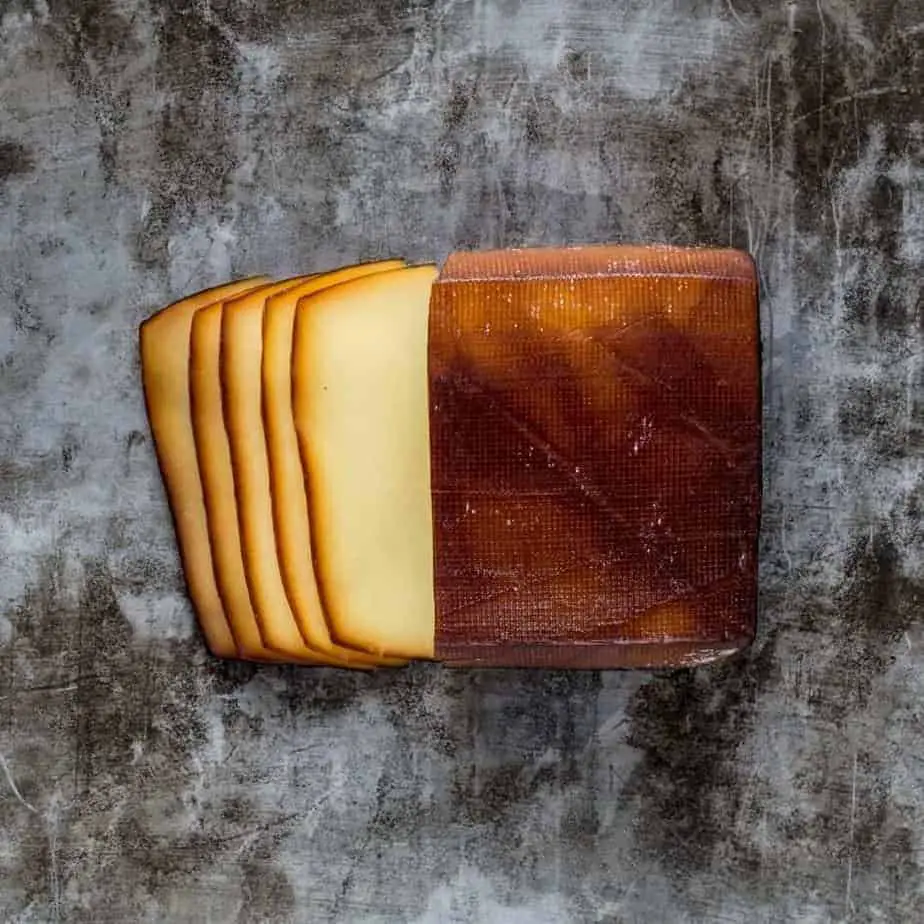
Good Foods for Beginners to Cold Smoke
While many different foods can be cold smoked, because of the risk of enhancing bacteria growth, cheeses are actually the best food to start with. Cheese is less likely to pick up additional bacteria, unlike most meats.
Meats that are cured, such as bacon or ham, would be good food for beginners as well. Because ham is cured before smoking and bacon is cooked afterward, these are usually pretty safe to cold smoke as well.
Fermented foods like tofu would be a great place to start.
Other Ways to Smoke Food
There is actually two other way that you can achieve that distinctive smokey flavor in your food: hot smoking and liquid smoke.
Hot Smoking
Hot smoking will add flavor to your food while it is cooking. It typically requires a temperature of over 200 degrees Fahrenheit, and it will slowly cook your food while infusing it with lots of yummy goodness.
Low and slow is the secret to hot smoking. This basically means to use a lower temperature for a considerably longer time than is needed for baking or grilling to cook your food.
Liquid Smoke
Liquid smoke is a good place for a beginner to start. It is a liquid that you can add to food that lends the food a smokey flavor.
Used in combination with a brine soak, you can add smoke flavor into the meat while ensuring that you have the tenderest meat possible. You can try this on your next Thanksgiving turkey. You can soak the turkey overnight in a brine that has liquid smoke added to it and then cook it low and slow the next day. Be careful not to add to much smoke as poultry is notorious for acting like a sponge when soaking up added flavors.
Cold Smoking Vs. Hot Smoking
What are the differences between cold smoking and hot smoking? Well, the difference is not just in the application of heat.
Cold smoking and hot smoking require entirely different setups. Usually, with hot smoking, the food is directly over or nearly directly over the coals and the source of the smoke. This is not the case with cold smoking. Matter of fact, with cold smoking, the food and the smoke source are located in two different chambers.
Typically with cold smoking, you would have a chamber that has your heat and smoke source, wood chips, blocks, etc. There is a tube or tunnel that will move the smoke from the heating chamber to the smoke chamber to limit the amount of heat that the food you are smoking is exposed to.
If you want to know more about smoking heat ranges involved in BBQ, check out my article on the meaning of barbecue.

